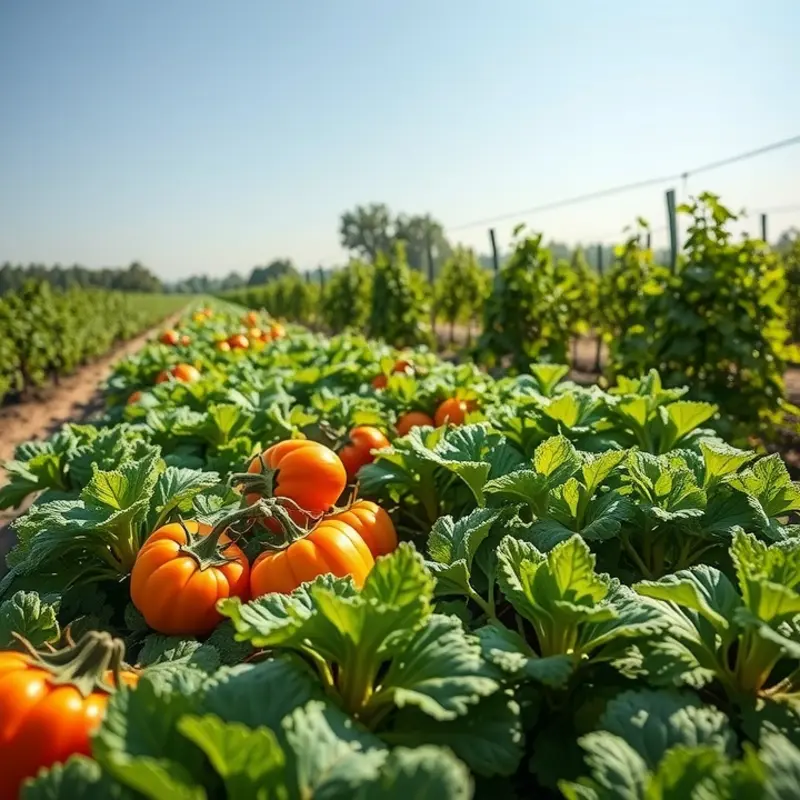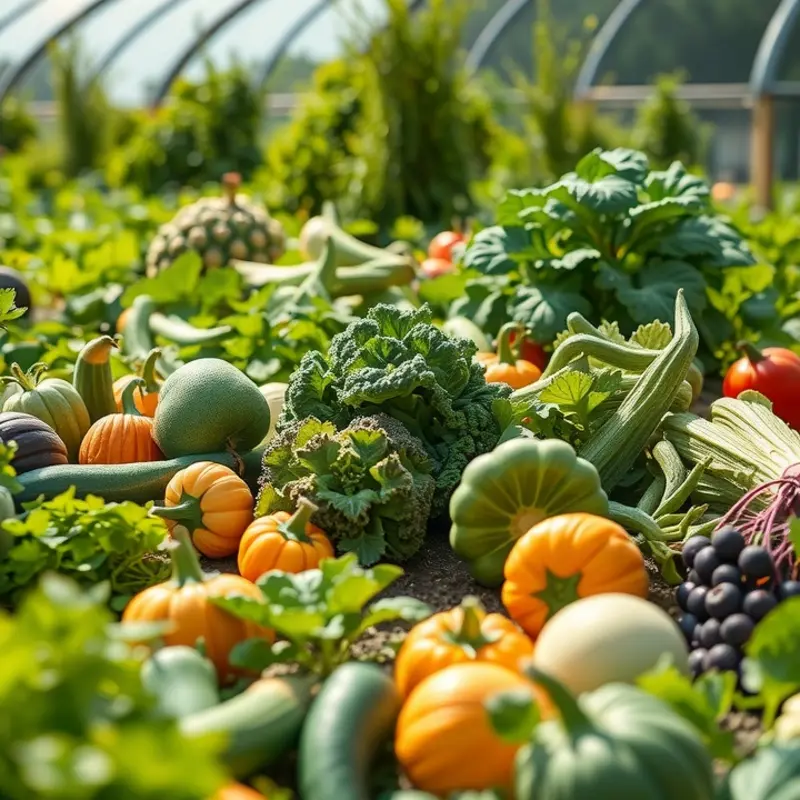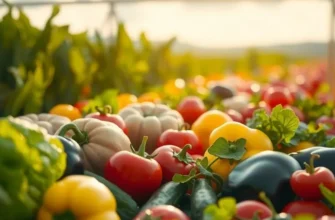Cooking vegetables can seem daunting, but steaming them is a simple and healthy method to retain flavor and nutrients. With just a pot, some water, and a steaming basket, you can create deliciously tender vegetables that complement any meal. Let’s explore the best ways to achieve perfectly steamed veggies, elevating your home cooking skills and adding a splash of color to your plate.
Choosing the Right Vegetables and Tools

Steaming vegetables is an art that begins with selecting the right produce. While steaming works for most vegetables, some varieties truly shine when steamed, both in flavor and texture. Broccoli, asparagus, green beans, carrots, and cauliflower are excellent choices. These vegetables retain their vibrant color and nutrients when steamed.
Choosing fresh produce is vital. Look for bright colors and firm textures. For broccoli and cauliflower, tight florets indicate freshness. Select carrots and green beans that snap easily; avoid limp or rubbery vegetables.
Timing is a crucial factor in steaming. Each vegetable has a sweet spot—too little time, and they remain crunchy and raw; too much, and they become soggy. Asparagus cooks quickly, usually within 3 to 5 minutes. Broccoli and green beans generally take around 5 to 7 minutes, while denser vegetables like carrots may require up to 10 minutes.
To achieve consistently great results, having the right tools is essential. A good steaming setup can be simple yet effective. A metal or bamboo steaming basket that fits snugly in a pot can suffice. Ensure your pot has a tight-fitting lid to trap steam effectively, ensuring even cooking. For those who prefer a gadget-free kitchen, a basic colander over a pot can substitute as a steamer basket.
Position your vegetables in the steamer basket in a single layer if possible. Overcrowding can lead to uneven cooking. This tip is particularly important when working with mixed vegetables that have differing cooking times. Start with harder vegetables like carrots, then layer softer ones like broccoli on top.
Monitoring water levels is another important factor. The water should not touch the food in the basket. A shallow layer of water is typical; usually an inch or two suffices. If water levels are too high, you risk boiling instead of steaming your food—a common mistake.
Finally, consider pairing your steaming techniques with complementary flavors to enhance the experience. While salt can boost flavor, explore alternatives like lemon zest or herbs. For more ideas on enhancing flavor without relying on salt, visit this guide on flavor boosters. Embracing these techniques can transform simple steamed vegetables into a gourmet dish, making your culinary journey both nutritious and delightful.
Techniques for Steaming to Perfection

Steaming vegetables is an art that balances timing, temperature, and technique. This chapter delves into the nuances of creating perfectly steamed veggies, imparting both texture and flavor.
Setting up your steamer is the first crucial step. Whether using a bamboo basket, a metal insert, or an electric steamer, the process remains the same. Begin by adding an inch or two of water to the pot, ensuring the steamer basket does not touch the water. This prevents vegetables from boiling instead of steaming. Bringing the water to a simmer before placing your vegetables ensures immediate heating, preserving nutrients and texture.
Timing is a critical factor that varies with each type of vegetable. Leafy greens, like spinach and kale, need only a few short minutes, often between 3-5, for optimal results. Firmer vegetables such as carrots and broccoli benefit from a longer steaming period, typically 5-7 minutes. Potatoes and other root vegetables might require up to 15 minutes. Always check for doneness with a fork—once it easily pierces through, your veggies are ready.
Temperature consistency is another essential aspect. Maintain a gentle simmer to generate a steady stream of steam. Boiling the water vigorously risks uneven cooking and possible nutrient loss. Covering the steamer preserves heat and accelerates the cooking process. Avoid removing the lid frequently to check on progress, as this releases steam and lower temperatures.
Flavoring your steamed vegetables can elevate your dish significantly. Consider adding herbs and spices directly into the water. Rosemary, thyme, or garlic cloves infuse subtle layers of flavor during steaming. Alternatively, tossing the steamed vegetables in olive oil, lemon juice, or a light vinaigrette post-cooking creates a delightful taste.
For a deeper exploration of creating flavorful dishes without excess salt, have a look at this guide on flavor boosters.
Lastly, consider the size and uniformity of your vegetable pieces. Consistently sized pieces ensure even cooking, preventing some pieces from overcooking while others remain underdone. Cutting vegetables into bite-sized portions not only aids in uniformity but also reduces cooking time.
Utilizing these techniques for steaming guarantees your vegetables emerge vibrant, tender, and delicious, every single time.
Final words
Steaming vegetables is a straightforward and rewarding technique that can significantly enhance your meals. By choosing the right vegetables and mastering steaming techniques, you can enjoy flavorful, vibrant dishes packed with nutrients. This method not only preserves the natural taste and color of your vegetables but also allows for creative preparation. Take the time to practice these tips in your kitchen, and you’ll soon be serving perfectly steamed veggies that impress your family and friends.







